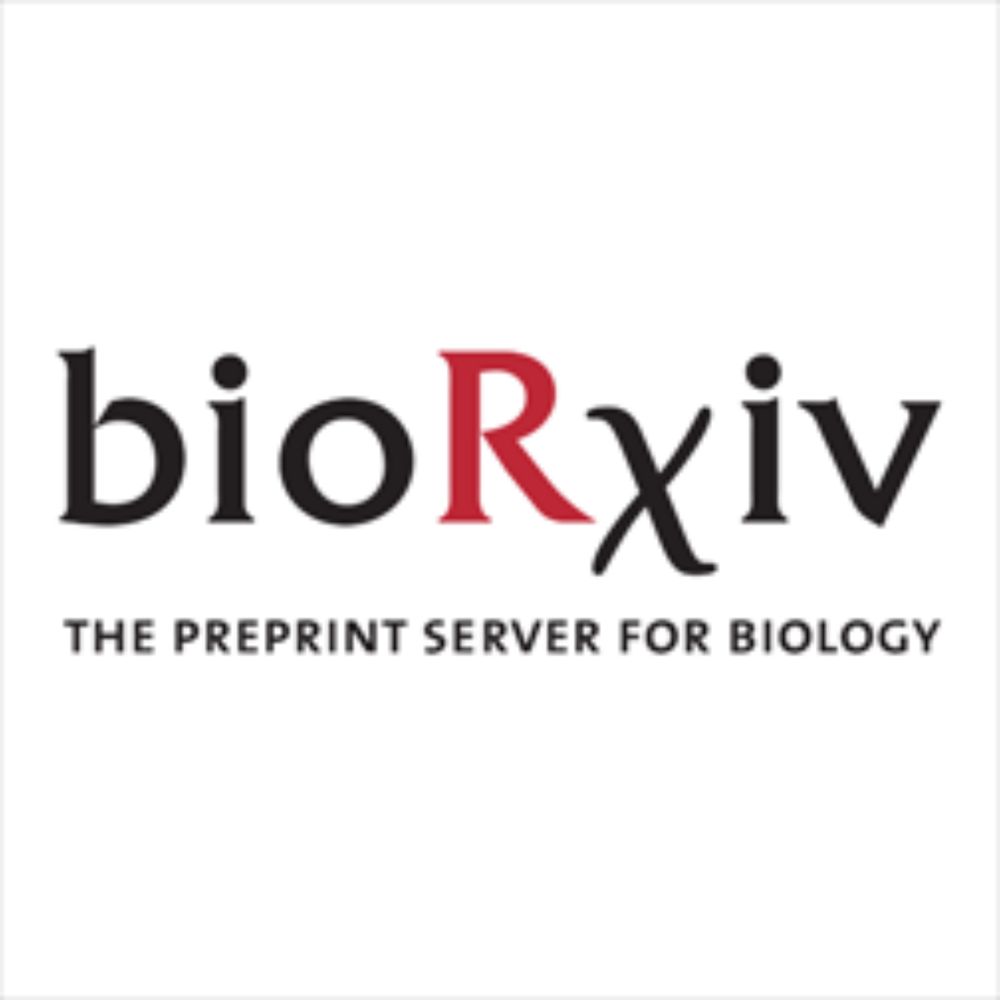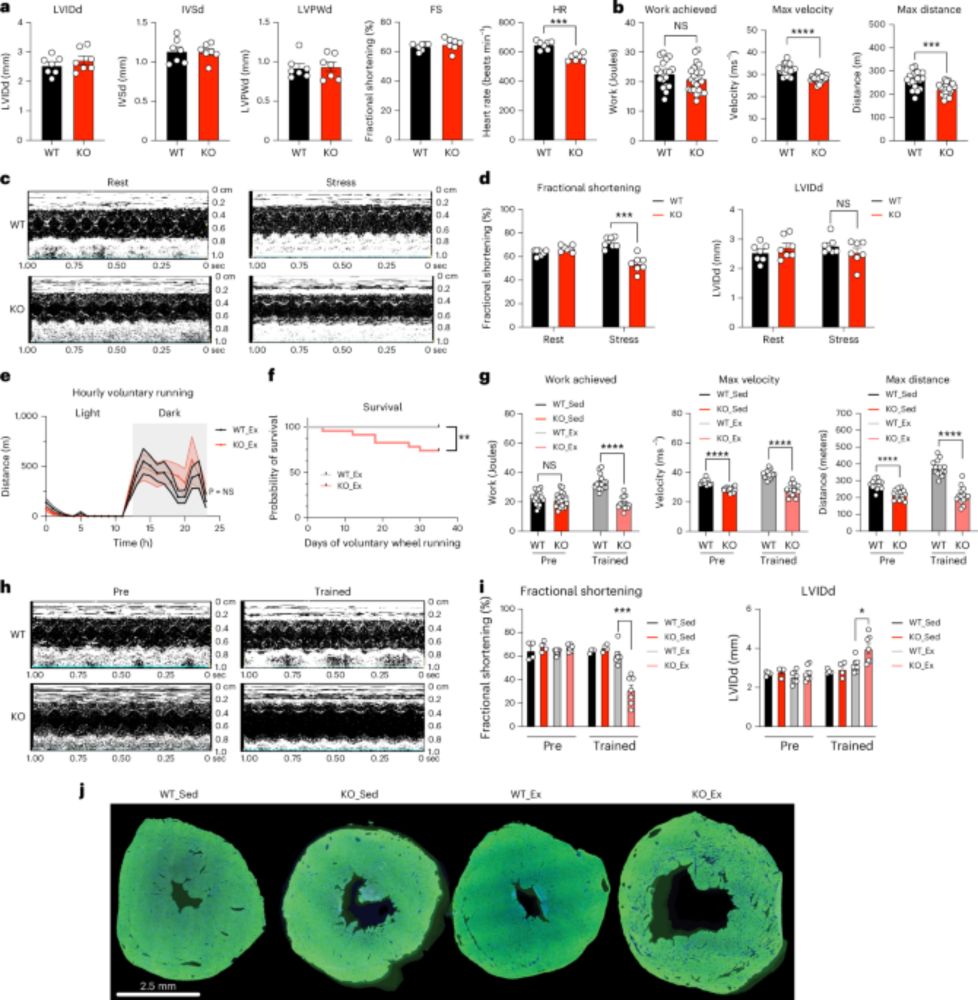Craig A. Goodman
@craigagoodman1.bsky.social
490 followers
260 following
610 posts
Senior Scientist that investigates the molecular mechanisms that regulate skeletal muscle mass and function in health and in various disease states. Protein synthesis, ubiquitin biology.
https://scholar.google.com.au/citations?user=ICAcUqUAAAAJ&hl=en
Posts
Media
Videos
Starter Packs




















